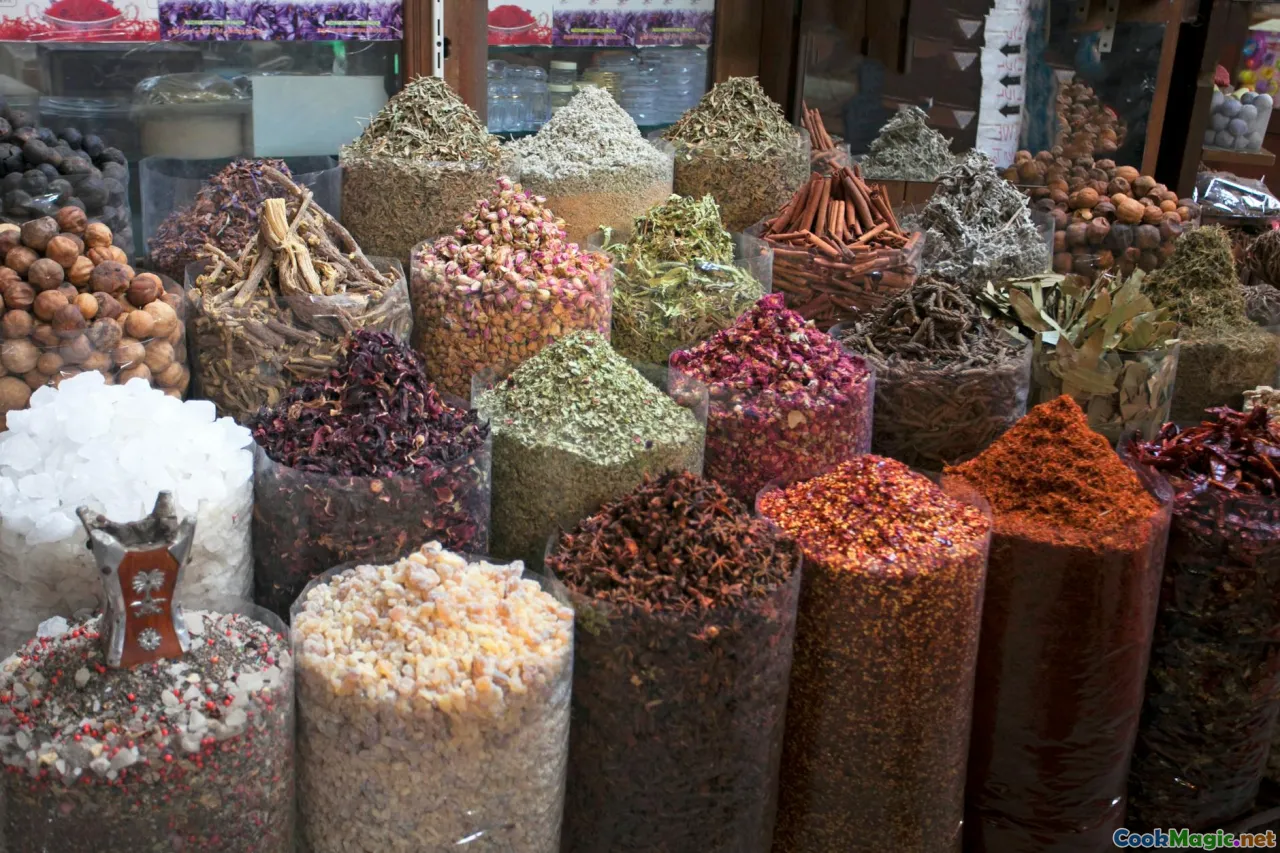What to Expect When Dining Abroad
6 min read Embark on a flavorful journey exploring what to expect when dining abroad—delve into cultural nuances, sensory experiences, and culinary surprises. May 01, 2025 08:00
What to Expect When Dining Abroad
Imagine stepping off a plane into a vibrant street filled with the intoxicating aroma of spices, sizzling meats, and freshly baked bread. Your senses are immediately awakened, and a world of culinary discovery awaits. Dining abroad is not just about sustenance; it’s an immersive experience that offers a window into the soul of a culture, its history, traditions, and everyday life. But what exactly should you expect when you venture into this flavorful realm?
The Cultural Tapestry of Global Cuisines
Every country, region, and community boasts its own unique culinary identity. From the bustling night markets of Bangkok to the rustic trattorias of Rome, food is a reflection of history, geography, and social customs.
Embracing Local Flavors and Techniques
When you dine abroad, you’re often introduced to ingredients and cooking techniques unfamiliar to your palate. For example, in Japan, the art of kaiseki presents meticulous preparation and seasonal ingredients, emphasizing harmony and aesthetics. Conversely, in Mexico, the use of chiles, lime, and fresh herbs creates bold, vibrant flavors that dance on the tongue.
In Morocco, you might savor tagine, slow-cooked stews that meld sweet and savory elements, often flavored with preserved lemons and olives. Meanwhile, in India, the complexity of spices like turmeric, cumin, and cardamom creates depth and warmth.
The Sensory Symphony
Dining abroad is a multisensory adventure. Expect rich aromas that evoke emotion—be it the fragrant saffron of Persian pilafs or the smoky aroma of Argentine asado. Textures also surprise; crispy tempura, tender dumplings, or chewy noodles each tell a story of culinary craftsmanship.
Visual presentation can be equally captivating. In Thailand, colorful curries and intricately carved fruits are as much a feast for the eyes as for the palate. In Ethiopia, communal platters of injera and stews foster shared experiences, emphasizing community and connection.
Navigating Cultural Etiquette and Social Norms
Understanding local dining customs enhances your experience and shows respect for the culture.
Table Manners and Dining Etiquette
For instance, in many Middle Eastern and Asian cultures, dining is a communal activity. Using the right hand for eating, sharing dishes, and participating in rituals such as pouring tea or offering bread are integral parts of the experience.
In Japan, slurping noodles is considered polite and a sign of appreciation, whereas in many Western countries, it might be seen as impolite.
Tipping and Restaurant Customs
Tipping practices vary widely; in the US, a 15-20% tip is customary, whereas in Japan, tipping is often discouraged. Recognizing these nuances ensures smooth interactions and enriches your cultural understanding.
Personal Insights and Anecdotes
During my travels through Southeast Asia, I learned to embrace the art of patience and flexibility, especially when faced with language barriers or unfamiliar dishes. One unforgettable moment was sharing a steaming bowl of pho with locals in Hanoi, where the simple act of slurping and exchanging smiles transcended language barriers.
In Italy, I discovered that the local trattoria is more than a restaurant; it’s a community hub where recipes are handed down through generations, and meals are celebrated with passionate storytelling.
Surprising Culinary Discoveries
Travel often leads to unexpected delights. In Morocco, I encountered bissara, a comforting pea and bean soup flavored with cumin and drizzled with olive oil—simple yet profoundly satisfying.
In Ethiopia, eating with your hands from a communal platter fosters a sense of unity and shared experience, emphasizing the social aspect of dining.
Practical Tips for Dining Abroad
Do Your Research
Learn about local customs, popular dishes, and etiquette before you go. This preparation shows respect and enhances your experience.
Be Open-Minded
Try everything at least once. Some dishes may be unfamiliar or look intimidating, but often they are the most memorable.
Engage with Locals
Ask questions, seek recommendations, and participate in food-related traditions or festivals.
Respect Dietary Norms
Be aware of religious or cultural restrictions, such as halal, kosher, or vegetarian practices.
Final Thoughts
Dining abroad is a celebration of diversity, history, and human connection. It challenges your senses, broadens your horizons, and deepens your appreciation for the rich tapestry of global culinary cultures. Whether you’re savoring street food in Bangkok, sharing a family-style meal in Italy, or participating in a traditional tea ceremony in Japan, each experience leaves a lasting imprint on your palate and soul.
So, embrace the surprises, respect the traditions, and most importantly, savor every bite of your culinary journey around the world. Your taste buds—and your spirit—will thank you.









